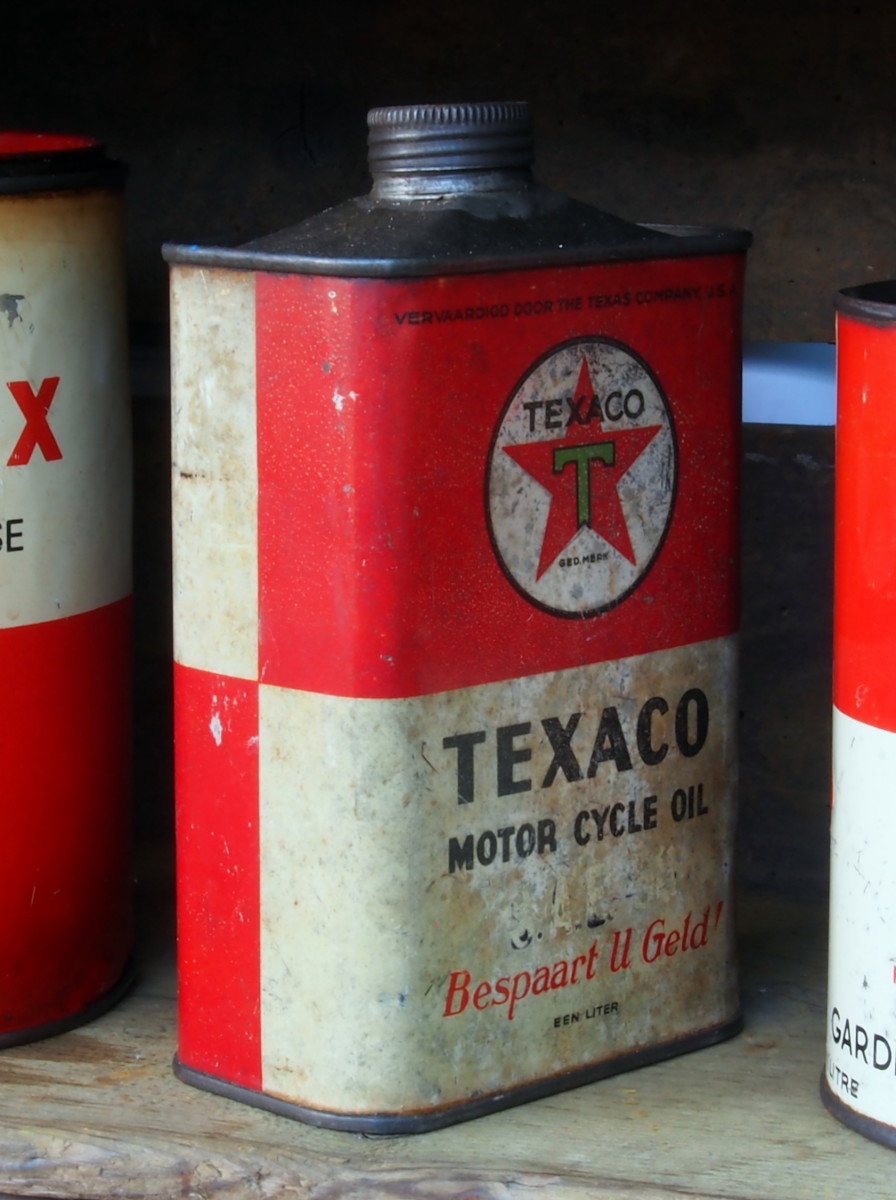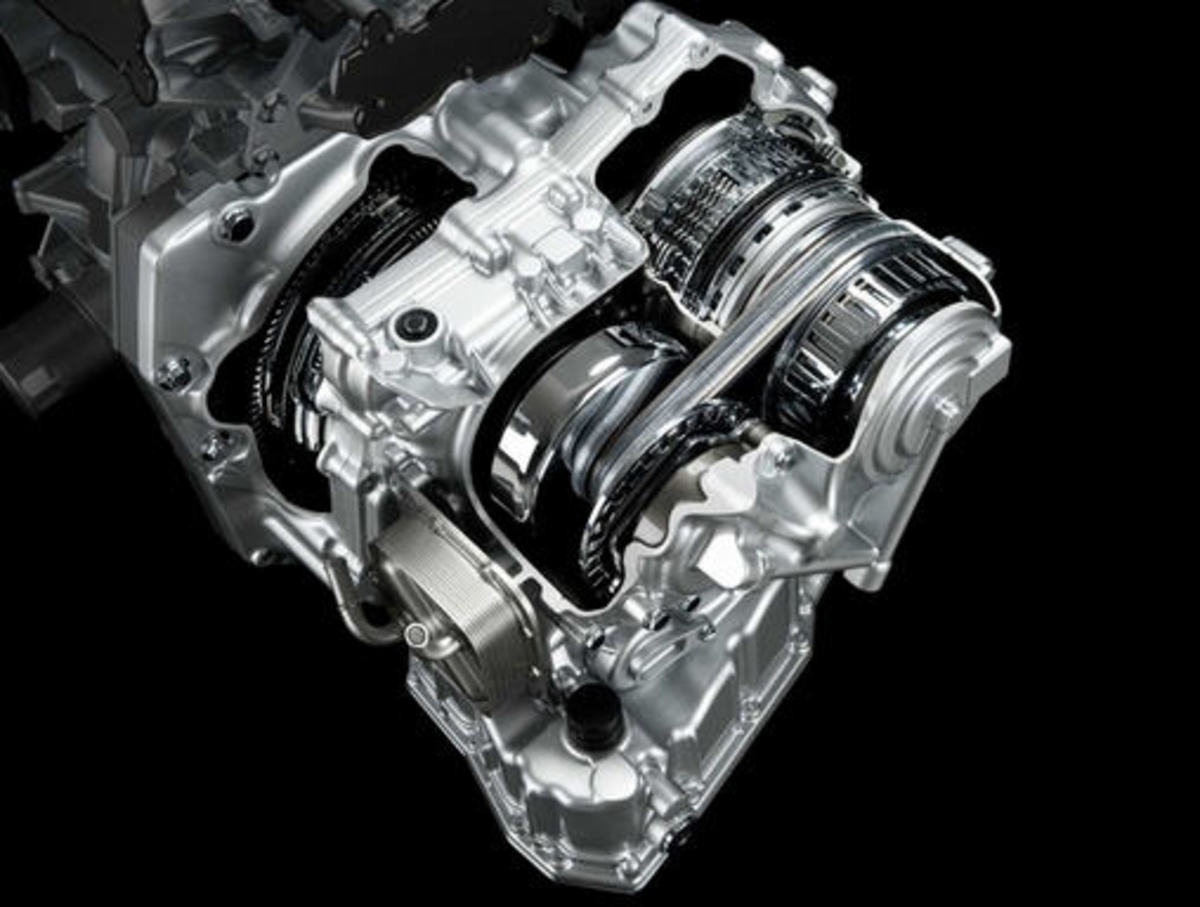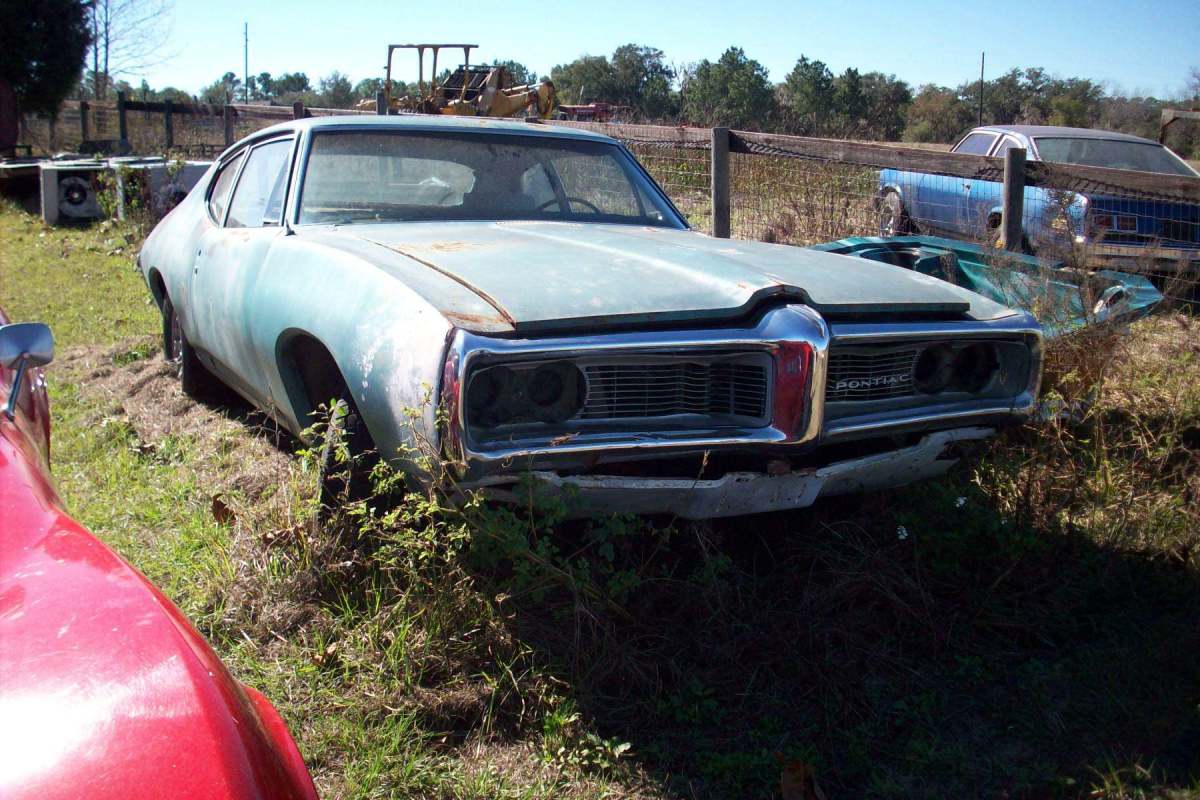Car Inspection Sheet for Buyers
Introduction
Car inspection checklist, car inspection form, car inspection sheet - no matter what you call it, checklists for items to check when inspecting a vehicle can save you time, money and hassle.
And in certain circumstances, a car inspection form can save you from being defrauded. Whether you are buying a car or selling a car, use a car inspection sheet to dot your “I”s and cross your “T”s. If you miss something on the car inspection sheet now, you may end up literally paying for it later in the form of car repairs.

Car Exterior Check List
- Do the body panel colors match? If not, the vehicle may have been in a wreck and repainted. You can use a magnet to verify that the body panels are all present. Be suspicious of brand new paint on a used vehicle, since this could have been done to cover up key marks or rust.
- Is the windshield intact and free of cracks?
- Does the vehicle have any dents or scratches? If so, is there rust?
- Does the car have all of its lights? And, more importantly, do they all work? Don’t forget to test emergency lights and brake lights as well as head lights and turn signals.
Car Engine Check List
- Check for oil leaks and fluid leaks, both before the test drive and after. Verify that the battery terminals don’t have any corrosion and that the battery has enough charge and water.
- Make sure the oil is at an appropriate level and doesn’t have odd residue. The car may or may not have a maintenance log, but you want to see it if there is one. When was the oil last changed? And has the owner been changing the oil regularly? If not, the engine may have been subject to excessive wear and tear.
- Check the exhaust pipe. If it is blue, the engine is burning oil. If the pipe is black, it is consuming too much oil. Run the engine and then get out of the car to check the exhaust. While all cars generate some exhaust, you shouldn’t buy the car if its output is akin to a smokestack. Let the engine run for 15 to 20 minutes before you make a final determination. And while the engine is running, check the temperature gauge. If the car starts to over-heat, there is a problem with the cooling system.
Interior
- Does the car have all of its seats? Are they clean and in good condition? Are there crumbs in between the seats or items stuck between the seats?
- Can you open all the doors? Do they close properly? When closed, do they align properly? When you are in the vehicle and driving, do you hear excessive road noise? If the weather stripping around the car windows and doors are deteriorating, road noise will be higher than usual.
- If you have children, check to see if the child safety locks work. When activated, someone in the back seat should not be able to open the door. However, you need to verify that you can open the doors from the outside.
- Does the HVAC work? Verify that the air conditioner and heater work. Check the air flow through all of the vents. Do the seat heaters work?
- Look at the dashboard. Do all of the gauges work? Any warning lights are a literal red flag. Does the gas gauge properly read the gas level? When you test drive the vehicle, does it give you the right speed? When you are on the test drive, you should also test the cruise control.
- Do the windshield wipers work? If the car has windshield wiper dispensers, do they work properly? Check that the window defrosters work.
- Are the seats in proper working order? Make sure all the seat belts work. And, an often neglected test, make sure you can get the seat into a comfortable position for you. You should be able to get the seat at a comfortable height without hitting your head on the roof. You should be able to move the seat so that you can reach the pedals without cramping your legs or hitting your knees on the steering column.
If there is a car alarm, make sure it works. And verify that the key chain controller can turn it off. - Check the stereo and CD player. If the unit has GPS or other equipment, verify that these things work. However, a vehicle that has an OnStar system may not work if the person is no longer paying for the service.
- Verify that the windows can be rolled down and closed all of the way.
- Make sure you can open the trunk with the key and the interior button. Verify that you can open the gas panel, whether via key or a button on the dashboard.
Transmission
- Try to check the transmission fluid. If it is dirty or gritty, the car may have transmission problems.
- Drive the car at a number of speeds, from a slow drive on residential streets to a fast clip on the highway. Accelerate and decelerate. You should not get the car if the transmission slips while you are driving, or if the car hesitates before shifting gears.
- Don’t forget to make sure you can back-up the car. Grinding noises when switching to reverse are a red flag.
Note: If you have any concerns about the transmission or car engine in general, ask to have the car inspected by a mechanic. If the seller refuses, you know that the car has mechanical problems.

Steering and Handling
- Drive the vehicle on a long, straight stretch. Does the car drift to one side? Does it have any extra vibrations? Do you have to work to turn the steering wheel?
- Test the brakes. Does the car stop in a reasonable period of time? Do the brakes sound normal? If the breaks are squealing, there may be a problem. Brakes that grind are wearing down, while a loud clicking noise is a sign that the brake pads have worn out entirely.
Suspension
- Does the car sit level on the ground, or is it uneven?
- When you bounce in the car, does it make any creaking sounds? When you hit a speed bump or deliberately tap the curb, do the shocks do a good job?
- When you are driving at 50 mph, does the vehicle have any extra vibrations?
Tires
- Are all of the tires in good condition? Be wary of any car that has excessive wear on one tire, since this could be a sign of a misaligned axle. Excessive wear on the outside of the tires or any two tires is an indication of serious mechanical problems.
- Does the car have a fully inflated spare tire?
- If the vehicle is used and tricked out, ask whether the car owner is renting the tires or owns them outright.
Ownership
- If you are buying a used car, verify that the person selling it has the right to do so.
Why should you check the ownership of the vehicle? There are reports of scams on Craigslist where someone takes over payments for a vehicle while someone else holds the title. The new driver may then try to sell the car to an unsuspecting third party, despite not having ownership of the vehicle. Or he or she may have a title but the original lender still has a lien against the vehicle. You can get some of this information by jotting down the VIN (Vehicle Identification Number) and running an auto history report.
The auto history report will also tell you if the car has been in a prior wreck or flooded. Never buy a vehicle that has a salvage title.
An Additional Checklist for Car Sellers
Car sellers should run through the car inspection checklist to get their car in working order and top condition before they try to sell it. Ownership is an especially difficult position for those who need to sell a car after a divorce or because they are under financial stress.
First, can you legally sell the car to someone else? Never sign over a title in exchange for someone taking over payments, since they could take the car while you are still legally liable for the dead. Do not sell a car titled to your former spouse. If you are going through a divorce, get the car title in your name before you sell it. Whoever is legally responsible for the car payments should get ownership of the vehicle.
If someone offers to buy the vehicle when you cannot take over the payments, get payment before you sign over the title and make sure the check clears. If they offer to take over payments, visit the car dealership to see if the dealer can refinance the car loan into the other person's name.





